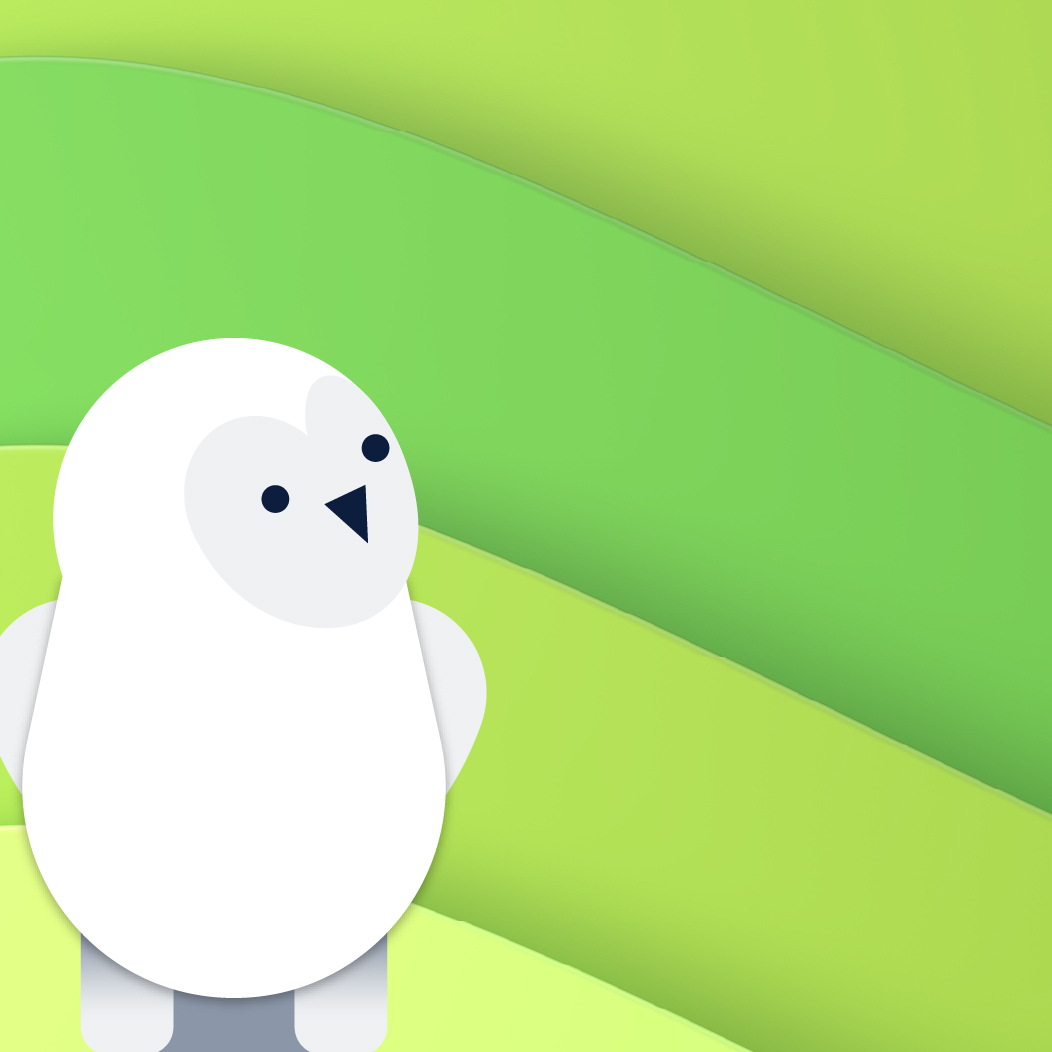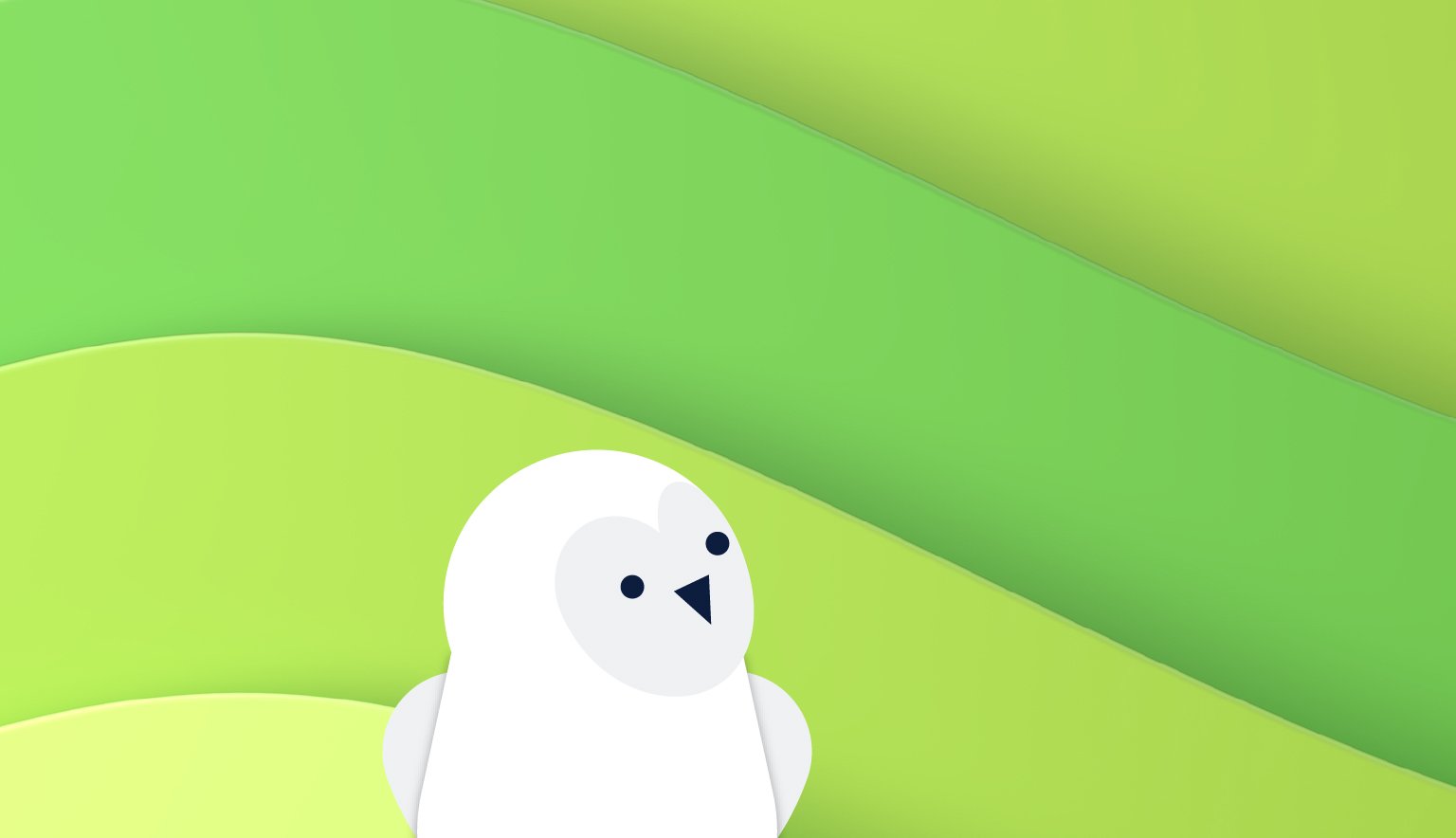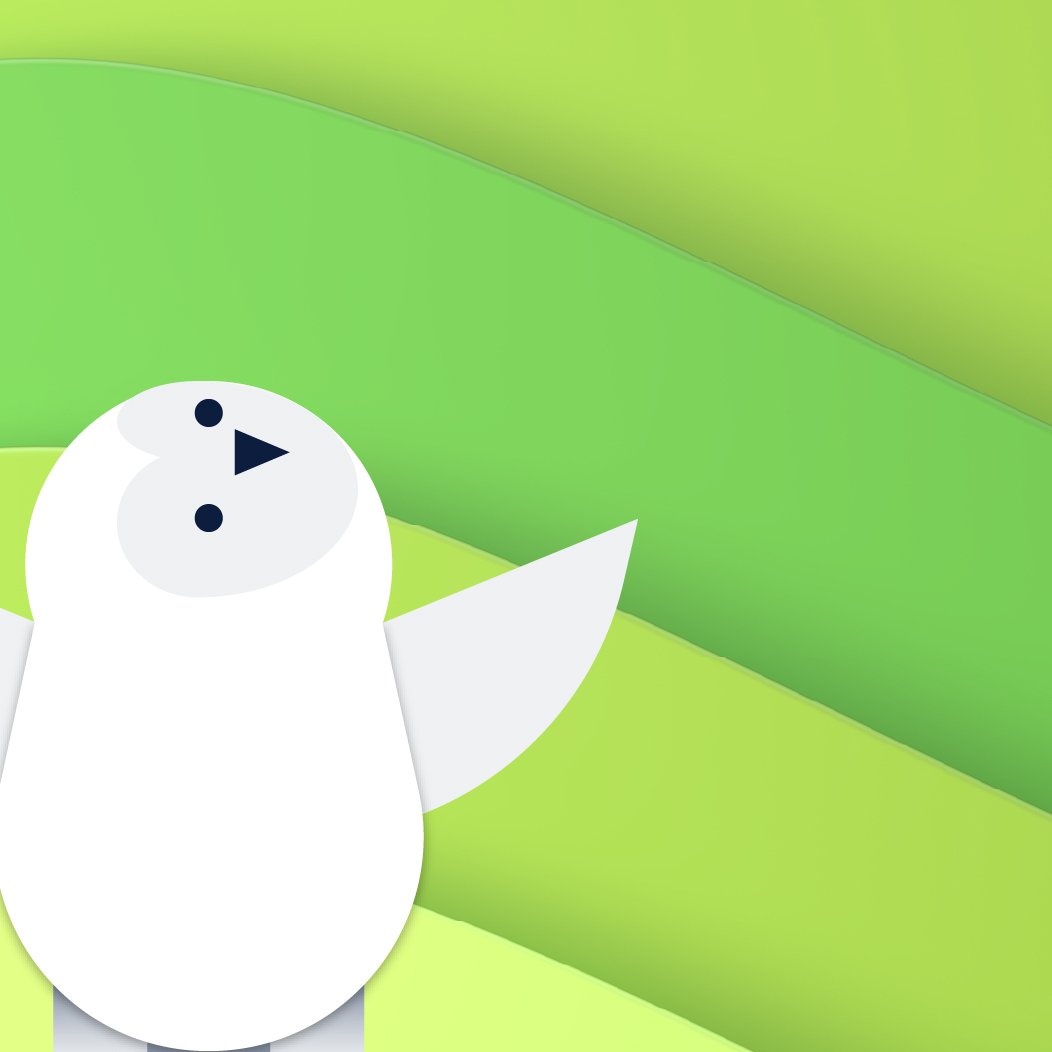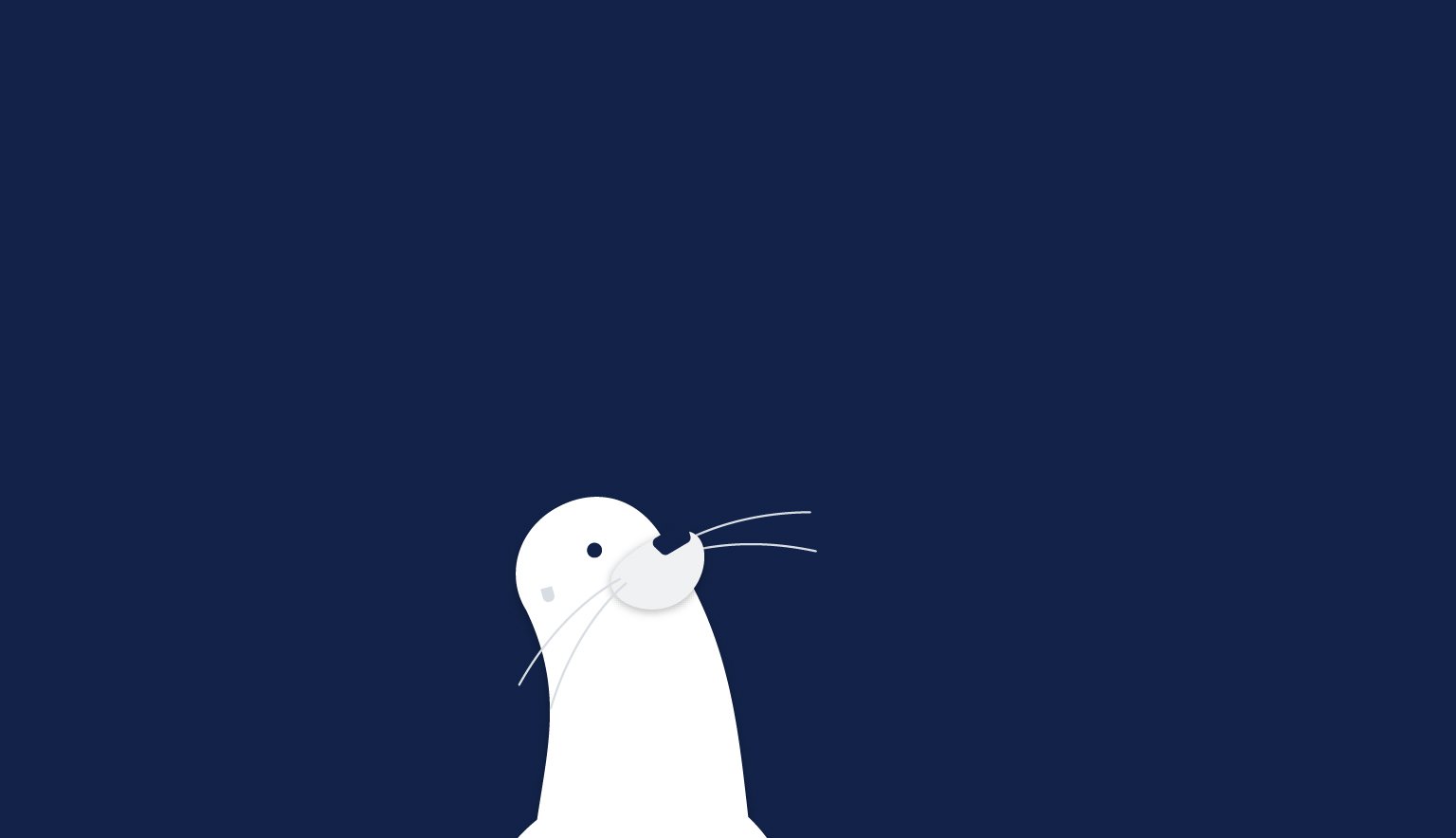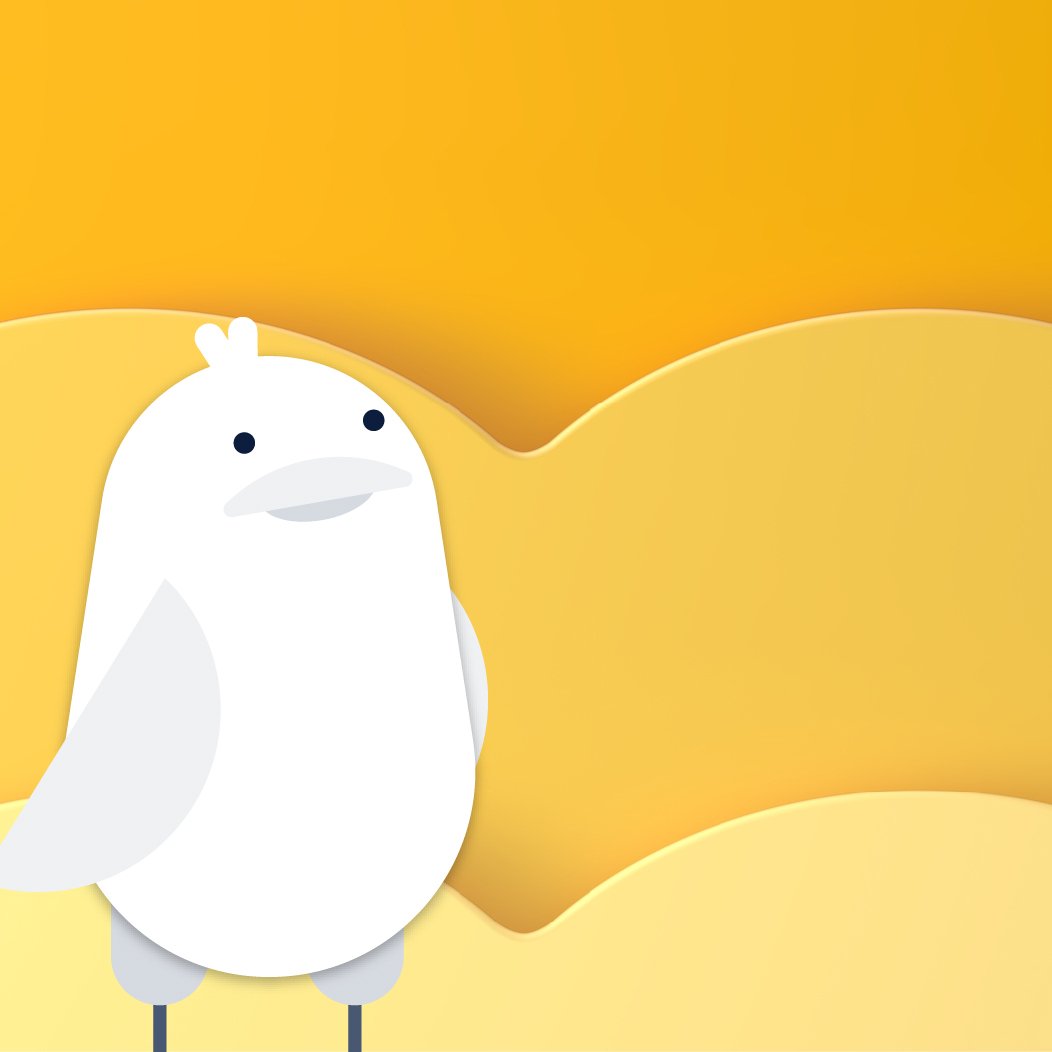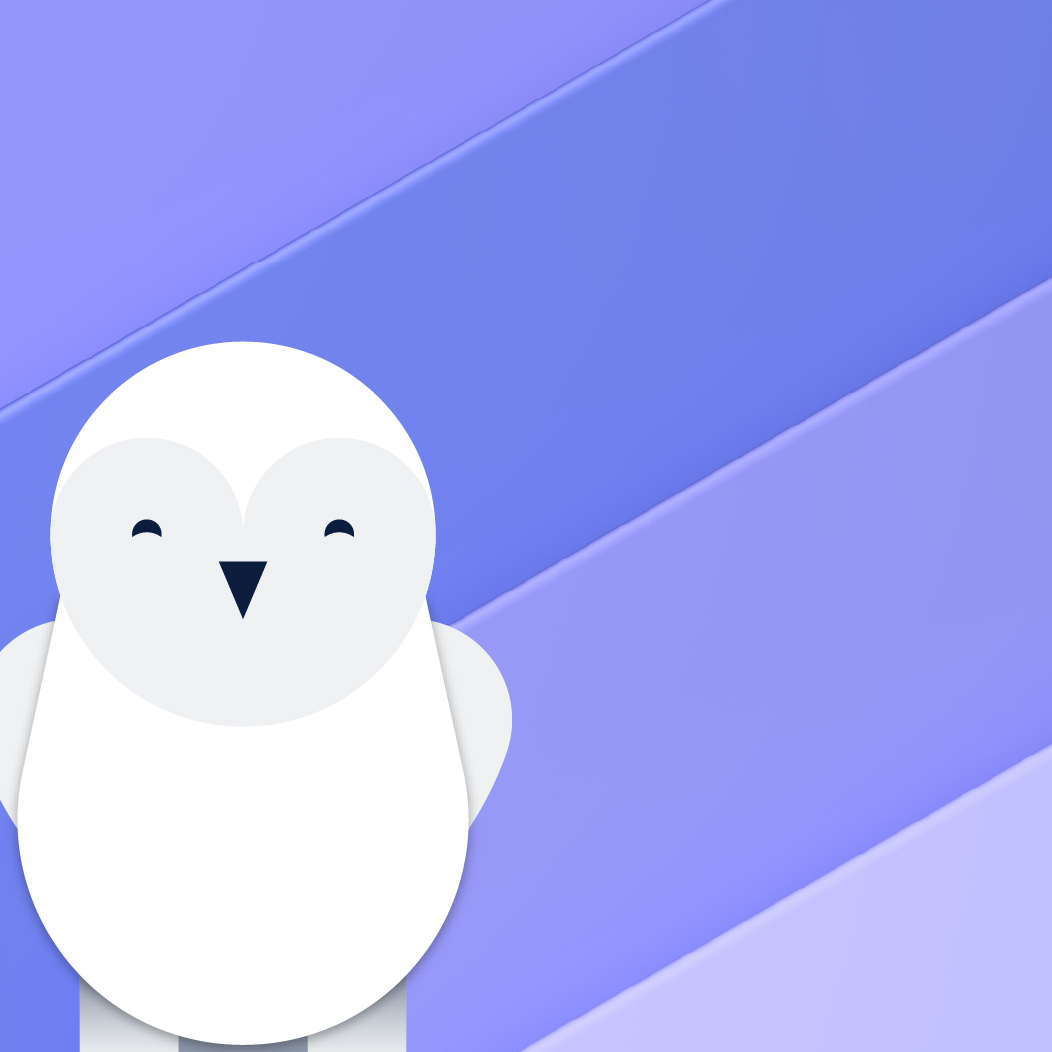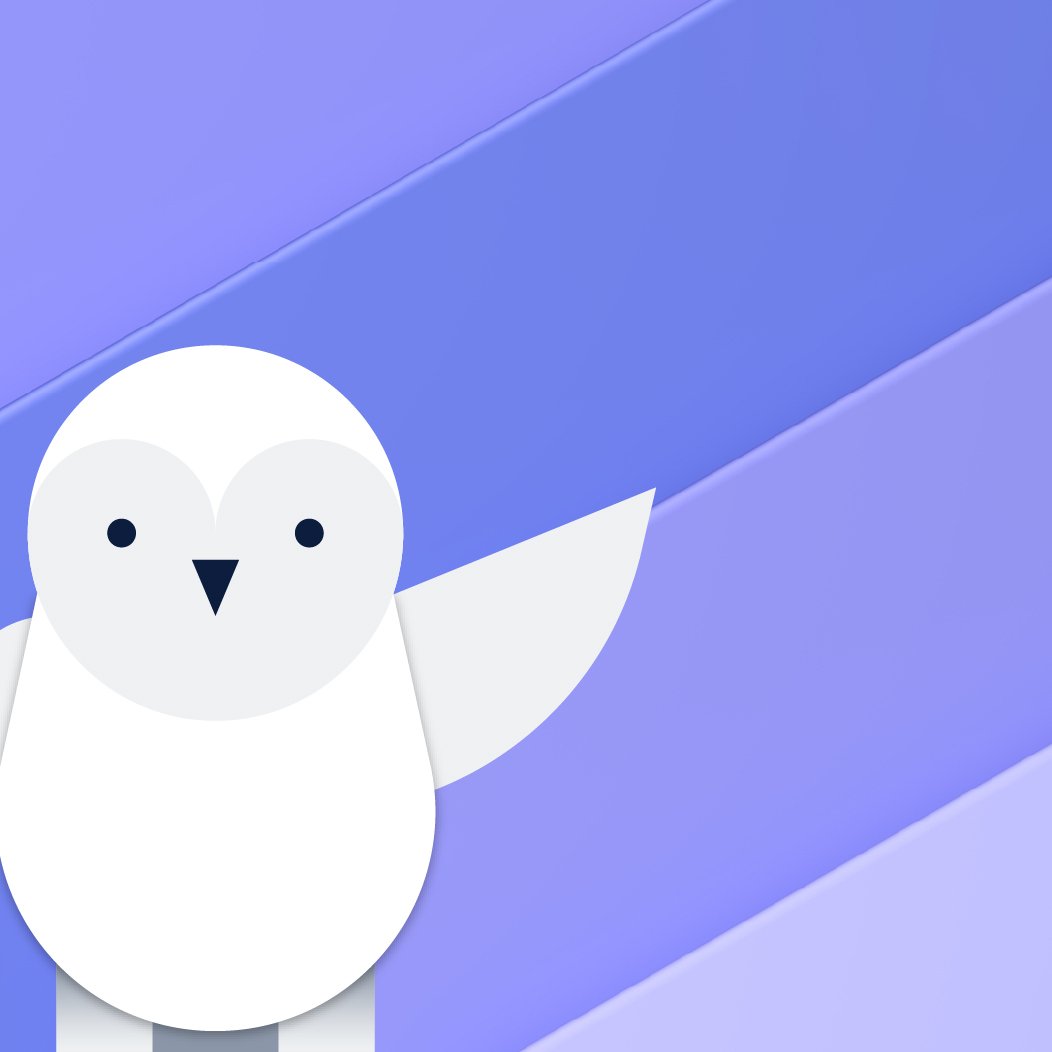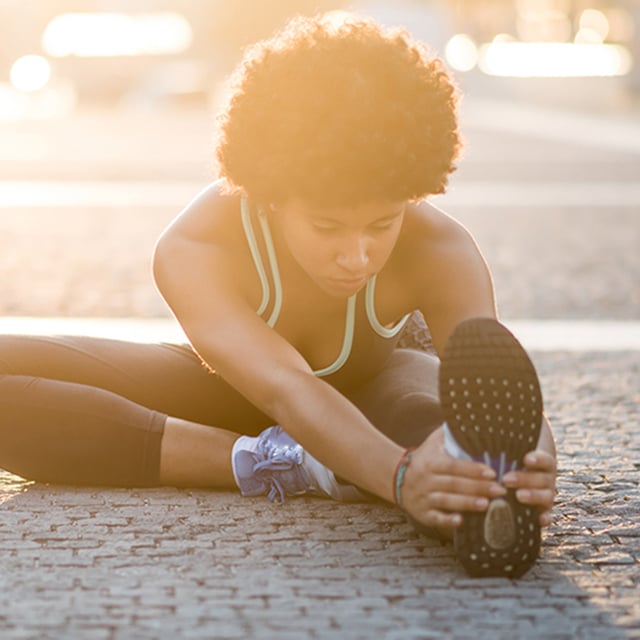Osgood-Schlatter Disease

Overview
Osgood-Schlatter disease is a condition that causes knee pain in children and adolescents. Pain and swelling develop at the bump just below the knee joint, where the shinbone and patellar tendon connect. The patellar tendon, which stretches over the kneecap, may also be inflamed. Though the condition may temporarily sideline a young athlete, it is easily treated.
Osgood-Schlatter disease is caused by the quadriceps muscle repeatedly pulling on the growth plate just above the shinbone. Growth plates, which are areas of cartilage near the ends of long bones, harden into bone when children are fully grown. Unlike bone, cartilage can be irritated by activity.
Kids who play sports that involve a lot of jumping or running – especially boys between 10 and 15 – are most likely to get Osgood-Schlatter disease. It commonly appears during growth spurts, when bones, muscles, tendons and other body structures are undergoing rapid change.
Rarely, the condition leads to a fracture in teenage athletes; other times, an enlarged bump of bone remains and causes chronic irritation. Unfortunately, we can't predict which children will experience these complications.
At UCSF, experts from our Human Performance Center work with athletes of all ages to help them return as quickly and as strongly as possible to their sport of choice. UCSF Benioff Children's Hospitals also have pediatric sports medicine specialists to support your child's recovery from Osgood-Schlatter disease.
Signs & symptoms
The most common symptoms are mild to severe pain and swelling of the bump just below the kneecap. The pain may be worse when running or jumping, and the area may be tender to the touch. Typically, only one knee is affected, though the problem can occur in both.
Diagnosis
To diagnose Osgood-Schlatter disease, your child's doctor asks about your child's symptoms and overall health and does a physical exam. The doctor may put pressure on the swollen area to assess pain and have your child walk, run, jump or kneel to understand which movements hurt. A knee X-ray may be ordered to rule out other conditions, though usually this isn't necessary.
Treatment
Time and rest are the primary treatments for Osgood-Schlatter disease. Until the knee is no longer swollen or tender, your child's doctor may recommend limiting playing time for sports that require running and jumping. To control pain and inflammation once your child is back in action, try applying an ice pack on the affected area for 20 to 30 minutes several times a day. The doctor may also recommend short-term use of a pain reliever, such as acetaminophen (Tylenol) or ibuprofen (Advil). However, if your child's pain requires daily doses of medication, it's worth considering a longer period of rest from the activity. To protect the area, athletes may use kneepads during sports where impact to the knee is possible.
Your child's doctor may recommend physical therapy to support your child's return to activity. A physical therapist can identify muscle imbalances or other issues that may be stressing the knee and provide corrective exercises. Stretching exercises may be used to increase flexibility of the quadriceps muscle and thereby reduce tension on the growth plate.
In time, the cartilaginous growth plate matures and is replaced with bone, which is less prone to irritation. This process tends to reach completion sometime during the teenage years. In the vast majority of cases, the pain and swelling of Osgood-Schlatter disease go away.
If symptoms continue, especially if the swelling gets worse, your child should be re-examined by a doctor. In cases where the pain continues after the bones have finished growing, surgery may be recommended to remove the small portion of bone causing irritation. However, this operation is never done on athletes who are still growing, as it can damage the growth plate.
UCSF Benioff Children's Hospitals medical specialists have reviewed this information. It is for educational purposes only and is not intended to replace the advice of your child's doctor or other health care provider. We encourage you to discuss any questions or concerns you may have with your child's provider.
Where to get care (3)
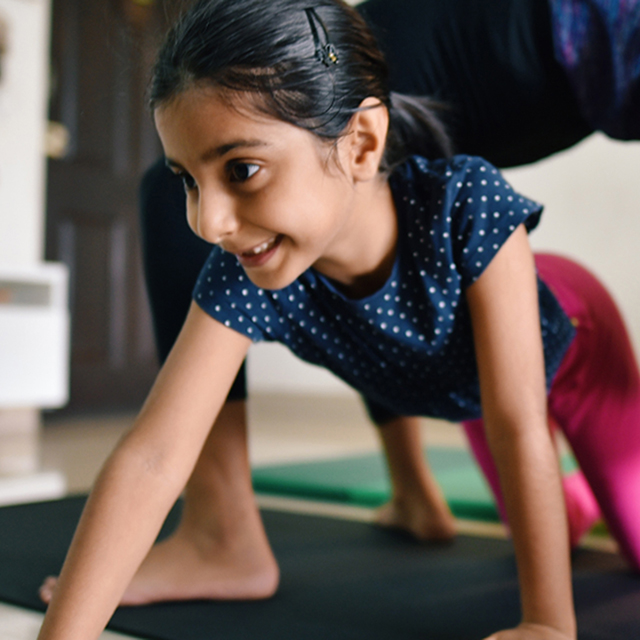 7
7
Pediatric Orthopedic Clinic
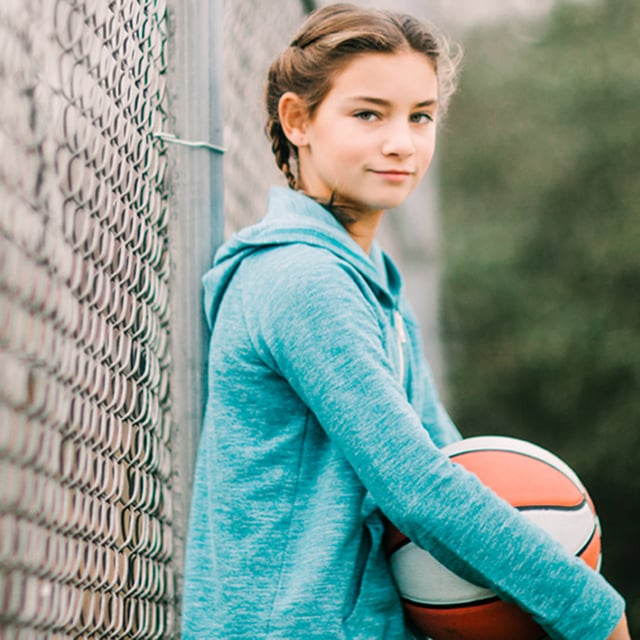 8
8
Sports Medicine Center for Young Athletes
Awards & recognition
-
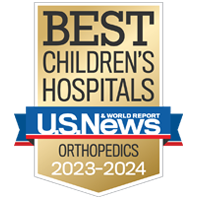
One of the nation's best in orthopedics
-
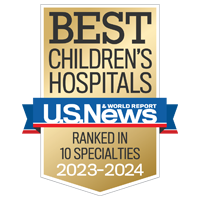
Ranked among the nation's best in 10 specialties








